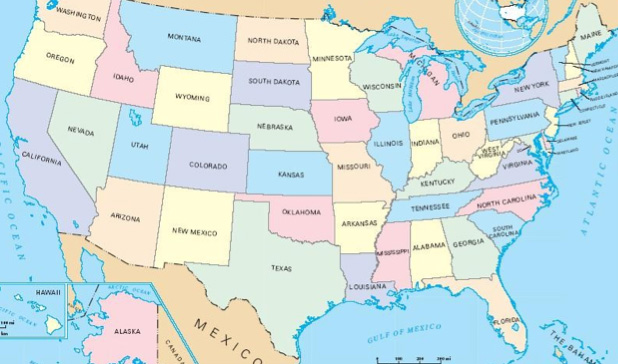The top-ranked states (Maryland, Mississippi, North Carolina, Vermont, Wisconsin) met eight of 10 measures used to evaluate public health preparedness. Two (Kansas, Montana) met only three. Among measures examined: Do states have plans to evacuate schools in emergencies? Have they met vaccination requirements? Can they staff labs for prolonged disease outbreaks?
Thirty-five states and Washington, D.C., met six or fewer measures in the 10th annual report, by the Trust for America's Health with the Robert Wood Johnson Foundation.
The main concern, authors say, centers around deep budget cuts: 29 states cut public health funding from 2010 to 2012; 23 states cut their budgets for the second year in a row; but 21 states and D.C. increased or maintained funding levels.
The cuts affect public health teams that join first responders and provide emergency care, and those that help communities, such as aiding in recovery efforts from Superstorm Sandy in New Jersey and New York.
"Investments made after Sept. 11, the anthrax attacks and Hurricane Katrina led to dramatic improvements, but now budget cuts and complacency are our biggest threats," says Jeffrey Levi, executive director of the Trust for America's Health.
The nation has not paid "sufficient" attention, authors say, to "the everyday threats public health departments and health care providers face repeatedly." In addition to extreme weather and food-borne illnesses, "we have suffered a deadly rise of West Nile virus, a fungal meningitis outbreak and a resurgence of old diseases we thought were largely conquered -- whooping cough and tuberculosis -- all in a growing era of antibiotic resistance."
Among report findings:
49 states increased or maintained capacity to deal with chemical terrorism; Massachusetts decreased its capacity; and Washington, D.C., declined to answer the question.
37 states and D.C. can staff public health labs to handle a prolonged infectious-disease outbreak.
30 states and D.C., have multihazard written evacuation plans (including gun-related violence) to relocate children in all K-12 schools.
Only Hawaii and Nebraska met a federal goal to vaccinate 90% of children ages 19 months to 35 months against whooping cough.
"This study doesn't paint a pretty picture," says Kathleen Tierney, director of the Natural Hazards Center at the University of Colorado in Boulder, not involved in the report.
"You have to be able to invest in sustaining problems, keep up with emerging problems, keep up with state of the art equipment, and learn what best practices are out there," she says. "Even for states that are maintaining their budget that really means their budget is going down because costs are increasing."













 The nation's ability to respond to a wide range of deadly emergencies, from salmonella-tainted melons to such weather events as Superstorm Sandy to bioterrorism, is losing ground after years of progress, says a 50-state report out Wednesday.
The nation's ability to respond to a wide range of deadly emergencies, from salmonella-tainted melons to such weather events as Superstorm Sandy to bioterrorism, is losing ground after years of progress, says a 50-state report out Wednesday.